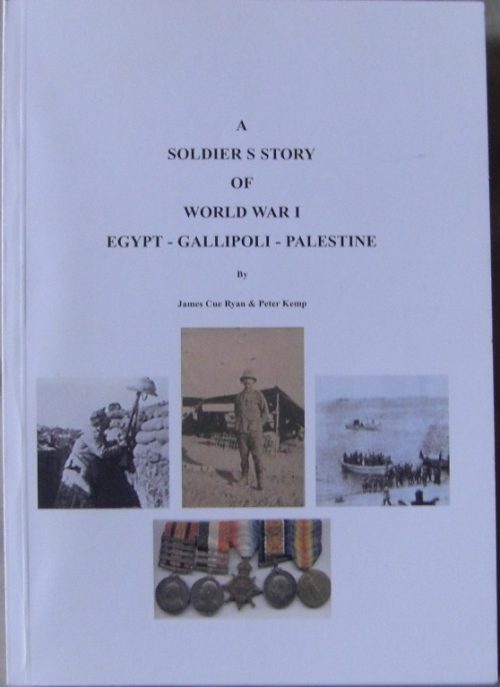Description
Title: History of the Eleventh Light Horse Regiment, Fourth Light Horse Brigade, Australian Imperial Forces, War 1914 – 1919
Author: Hammond, Ernest
Condition: Very Good
Edition: 1st Edition
Publication Date: 1942
ISBN: N/A
Cover: Hard Cover with rare waxed paper (original) Dust Jacket – 186 pages
Comments: The history of the 11th Light Horse Regiment AIF during World War 1 – A very nice copy of a rare highly sought after Light Horse unit history.
The formation of the 4th Light Horse Brigade, and the 11th Light Horse Regiment as part of it, was announced on 11 February 1915. Two squadrons of the 11th Light Horse were subsequently formed in Queensland, and a third in South Australia. The regiment was united for the first time at Fraser’s Paddock Camp, outside Brisbane, on 2 May 1915. It sailed from Australia in two contingents in June 1915. The first contingent was landed at Aden on 12 July to reinforce the British garrison there against a predicted enemy attack; they re-embarked on 18 July without having seen action.
The regiment was reunited in Egypt on 23 July 1915 and began training as infantry, having been ordered to leave its horses in Australia. A month later it deployed to Gallipoli. The regiment was again split up, to reinforce three light horse regiments already ashore – A Squadron went to the 2nd Light Horse Regiment, B Squadron to the 5th, and C Squadron to the 9th. It was not reunited until 12 February 1916, by which time all of the AIF troops from Gallipoli had returned to Egypt.
Returning to its mounted role, the 11th Light Horse joined the forces defending the Suez Canal on 20 July 1916. In ensuing months it conducted patrols and participated in several forays out into the Sinai Desert. In April 1917 the regiment moved into Palestine to join the main British and dominion advance. It joined its first major battle on 19 April when it attacked, dismounted, as part of the ill-fated second battle of Gaza.
With two frontal attacks on Gaza having failed, the next attempt to capture the Turkish bastion was a wide outflanking move via the town of Beersheba, launched on 31 October 1917. A deteriorating tactical situation late on the first day of the operation caused the 11th’s sister regiments – the 4th and the 12th – to be unleashed on Beersheba at the gallop, an action which has gone down in history as the charge of Beersheba. The 11th, engaged on flank protection duties was too widely scattered to take part. Another charge was mounted by the 11th and 12th regiments against Turkish positions at Sheria on 7 November, but, confronted with heavy fire, the troopers were forced to dismount and eventually withdraw.
After Gaza fell on 7 November 1917, Turkish resistance in southern Palestine collapsed. The 11th Light Horse participated in the pursuit that followed, and then spent the first months of 1918 resting and training. It moved into the Jordan Valley in time to participate in the Es Salt raid between 29 April and 4 May. The regiment subsequently defended the crossing points over the Jordan, and helped to repulse heavy Turkish and German attacks on 14 and 15 July
In August, the regiment was issued with swords and trained in traditional cavalry tactics in preparation for the next offensive against the Turks. This was launched along the Palestine coast on 19 September 1918. The 11th Light Horse displayed its versatility at Semakh on 25 September by first charging the Turkish defences around the town on horseback, with swords drawn, and then clearing the actual town on foot, with rifle and bayonet.
Semakh was the regiment’s last major operation of the war; the Turks surrendered on 30 October 1918. While awaiting to embark for home, the 11th Light Horse were called back to operational duty to quell the Egyptian revolt that erupted in March 1919; order was restored in little over a month. The Regiment sailed for home on 20 July 1919.
Inscribed by the author (and also includes a letter from the author)
Includes Nominal Roll



